Charleston, South Carolina

Your child understands that March Madness produces the #1 college basketball team in the nation, the Super Bowl the #1 NFL team and the World Series the #1 baseball team, but what makes a city the number one city to visit in the world? How can you not visit the # 1 city in the world?
In 2016, the readers of Travel and Leisure magazine voted Charleston the #1 city to visit in the world. It was the first time a U.S city had earned the honor. It had previously earned almost annually honors from Southern Living, Conde Naste and other travel related awards but not the most coveted.
What qualities do your family look for in a city? Come up with your own list of items to rank cities by and compare your results with the experts. Travel and Leisure (i before
e, except?) has its readers rank on six categories: sights/landmarks, culture/arts, restaurants/food, people/friendliness, shopping and value. Based on these, Charleston wins over Kyoto, Florence, Cape Town, even Barcelona. Side note – it fell to 2nd place in 2017.
Charleston has so much to offer all ages: Colonial history, architecture, agriculture, international trade, Civil War, Pirates, horse drawn carriages, and more all conveniently located along the approximately one mile wide peninsula.
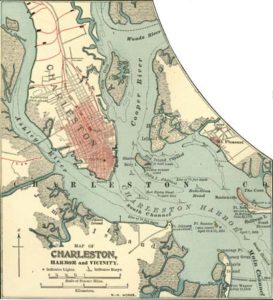 Settled by the English moving from over farmed Barbados in 1670 and named for the English King Charles the II (consider reading up on his father Charles I, how he lost his head and Oliver Cromwell to better understand the time period), Charles Town (shortened to Charleston later) would quickly become one of the richest cities in colonial America on par with Boston, New York and Philadelphia. Being religiously liberal, Charleston attracted people of many faiths including Protestant, Catholics, Jews and even Free Blacks and slaves built churches there. Scottish, Irish and French settled as well. Rich Bostonian’s would winter in Charleston. Colonial Charleston was a melting pot of language, cultures and interests.
Settled by the English moving from over farmed Barbados in 1670 and named for the English King Charles the II (consider reading up on his father Charles I, how he lost his head and Oliver Cromwell to better understand the time period), Charles Town (shortened to Charleston later) would quickly become one of the richest cities in colonial America on par with Boston, New York and Philadelphia. Being religiously liberal, Charleston attracted people of many faiths including Protestant, Catholics, Jews and even Free Blacks and slaves built churches there. Scottish, Irish and French settled as well. Rich Bostonian’s would winter in Charleston. Colonial Charleston was a melting pot of language, cultures and interests.
The wealth generated from Rice and indigo, farmed by slaves, would make Charleston the cultural and economic center of the South. Over the years 40% of the slaves taken from Africa entered the South through Charleston. The economic success from trade attracted pirates. In 1718 around 50 pirates were publicly
hung out of frustration and designed to send a message that pirating would not be tolerated. Charleston harbor was blockaded once by Blackbeard, residents kidnapped and held for ransom. Interestingly, Blackbeard wanted medicine not gold. Charleston had many encounters with pirates over the years providing great stories for young ears to hear.
By the 1770’s Charleston was one of America’s major ports, largest cities (under 40,000 people) with beautiful homes and churches. Watch the movie Patriots to get an idea of what life might have been like.
Naturally when South Carolina voted to join the United States of America, the British were quick to send a naval force to occupy it and throughout the American Revolution the British high command enjoyed the comfortable life in Charleston.
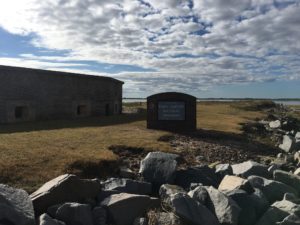 With its economy dominated by agriculture supported by slavery, South Carolina was the first State to vote to secede from the Union on December 20, 1860 and it would be at Fort Sumter in the Charleston harbor the first shots of the civil war would be fired on April 12, 1861.
With its economy dominated by agriculture supported by slavery, South Carolina was the first State to vote to secede from the Union on December 20, 1860 and it would be at Fort Sumter in the Charleston harbor the first shots of the civil war would be fired on April 12, 1861.
Charleston was forever changed by a massive fire and the Civil War. On December 11, 1861 a fire broke out that would burn 600 buildings including businesses, Church’s and beautiful homes as it spread across 164 acres of Charleston. Given the union forces were blockading the harbor and marching nearby, Charleston could clean up but not rebuild. In the summer of 1863 the union army decided to take Charleston. They bombarded Fort Sumter to ruble. Newer longer ranged artillery (learn about the effect of riffled cannons) was introduced and the Union army began 587 day long bombardment of the town destroying much of what the fire missed. Charleston held out almost to the end of the war. Fortunes were made or lives lost by sailors willing to run the Union blockade. The first submarine was used to attack and sink the blockading USS Housatonic. Unfortunately, the submarine – H. L. Hunely also sank from the explosion. It was not found until 1995, raised in 2000 and can now be seen at the Warren Lasch Conservation Center in Charleston. The Civil War ended Charleston’s economic leadership role in the south.
The city lay in ruins, the rice and indigo plantations once worked by slaves, lacked workers and one fifth the white male population was dead. South Carolina had had over 400,000 slaves with a white population of under 300,000. 1,500 homes out of 5,000 were totally destroyed and many others damaged. Its population was broke having converted their assets into Confederate securities and almost all the cattle, horses, hogs, farm equipment and anything metal including Church Bells gone to the war effort. The silver lining, Union General Sherman who was systematically burning all the southern cities bypassed Charleston so its bones remained in place and the rebuilding could start.
It would take 100 years to return to its glory. It would not be until the 1970’s and the election of Joe Riley as mayor that the city began to dream big again. This is an example of a public private partnership working. Mayor Riley would serve for 41 years working tirelessly promoting reviving Charleston’s waterfront and business district. Most importantly, Charleston’s commitment to historical preservation and rebuilding historically authentically provides the visitor with a unique experience of life in Colonial America, on a scale unlike any other city in America.
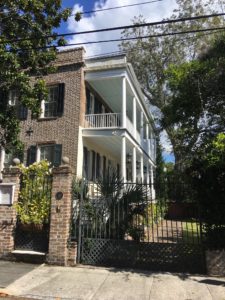 One of the first architectural differences you will see is the Charleston single house. “The Charleston Single House is an architectural style associated with Charleston, SC and refers to homes built one room wide with double covered piazzas (Charlestonese for porch). The homes can be many rooms long and multiple stories high. Some are 10 feet wide, some are 25 feet wide, but they always sit with the narrow part of the house facing the street. This house type was an adaptation both to allow air to flow through the entire length of the house and piazzas (especially effective if the house is properly oriented to catch the wind). It is said that at its peak, the Charleston Single House dominated Charleston with around 4,000 single houses in existence. Today that figure is estimated to be around 2,700.” (http://charlestoninsideout.net/2009/06/11) Before there was air-conditioning the piazzas were screened in and summers were spent visiting, eating and sleeping on the porches.
One of the first architectural differences you will see is the Charleston single house. “The Charleston Single House is an architectural style associated with Charleston, SC and refers to homes built one room wide with double covered piazzas (Charlestonese for porch). The homes can be many rooms long and multiple stories high. Some are 10 feet wide, some are 25 feet wide, but they always sit with the narrow part of the house facing the street. This house type was an adaptation both to allow air to flow through the entire length of the house and piazzas (especially effective if the house is properly oriented to catch the wind). It is said that at its peak, the Charleston Single House dominated Charleston with around 4,000 single houses in existence. Today that figure is estimated to be around 2,700.” (http://charlestoninsideout.net/2009/06/11) Before there was air-conditioning the piazzas were screened in and summers were spent visiting, eating and sleeping on the porches.
The revitalization effort attracted top chefs to new restaurants, allowing Charleston to compete with New Orleans on a unique food experience. Boutique hotels have been built. Fort Sumter is a National Park and the ferry to and from the island provides the visitor with what it was like before roads to sail into Charleston.
Because experiencing Colonial America, the American Revolution and the Civil War might not be enough to convince you to visit Charleston, consider its additional attributes.
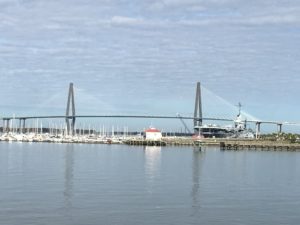 It has the longest Cable-Stayed bridge in North America, an engineering marvel. Beautiful to look at, visitors can drive, walk or ride bikes across it.
It has the longest Cable-Stayed bridge in North America, an engineering marvel. Beautiful to look at, visitors can drive, walk or ride bikes across it.
On the Harbor is South Carolina’s Aquarium – “leading the way to connect people with water, wildlife and wild places. It is big enough to enjoy but not overwhelming. Unique exhibits include Sea Turtle recovery, an albino alligator, 6,000 gallon stingray tank and plenty of kid designed interactive exhibits that allow the kids to see up close and touch sea creatures they might otherwise be afraid of.
Given Charleston’s trading past, it is not surprising that today it is one of the busiest container ports in the country. Huge container ships will move in and out of the harbor while you are walking around. With an international standard of 40 ft long, (12.19) these containers are filled with everything imaginable and shipped all over the world efficiently. From the ports the container can be loaded onto a truck or train to move it its destination. Think legos, each of the eight corners has a locking device which allows the containers to be securely stacked on ships. 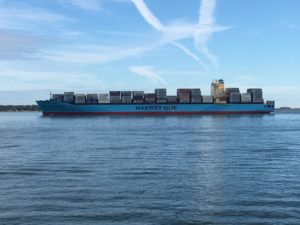
Also in the harbor sits the aircraft carrier USS Yorktown which served from 1943 to 1975. Now retired at the Patriots Point Naval & Maritime Museum with aircraft from various periods on board alongside the USS Laffey Destroyer and USS Clamagore Submarine. Also currently on board is the National Medal of Honor Museum recognizing those men and women who risked their life to save the lives of others.
The National Medal of Honor recognizes an individual for “Conspicuous gallantry and intrepidity at the risk of his or her life above and beyond the call of duty while engaged in an action against any enemy of the United States; while engaged in military operations involving conflict with an opposing foreign force; or while serving with friendly foreign forces engaged in an armed conflict against an opposing armed force in which the United States is not a belligerent party.”
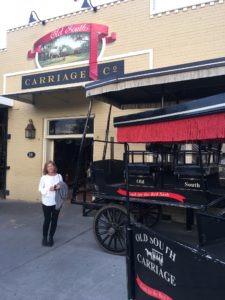 Charleston has unique offerings which will enhance your child’s education. When you go be sure and take a 2 hour walking tour from one of the locals whose families have lived there for 7 or more generations. Also take advantage of the carriage rides which take you through the neighborhoods like days of old. Charleston is beautiful, charming, friendly and is believed to be the #1 city in the world you should visit.
Charleston has unique offerings which will enhance your child’s education. When you go be sure and take a 2 hour walking tour from one of the locals whose families have lived there for 7 or more generations. Also take advantage of the carriage rides which take you through the neighborhoods like days of old. Charleston is beautiful, charming, friendly and is believed to be the #1 city in the world you should visit.

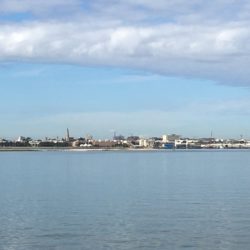
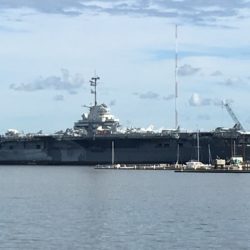
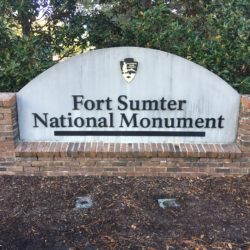
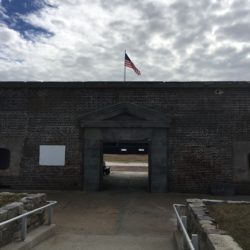
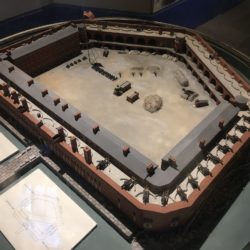
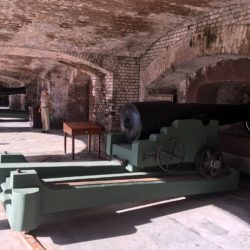
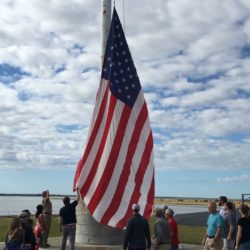
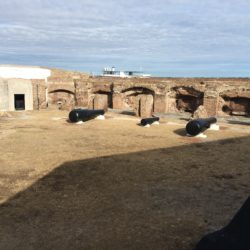
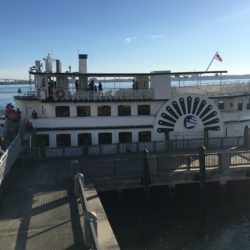
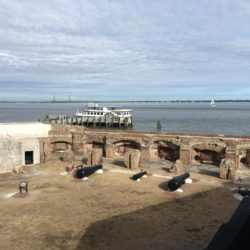
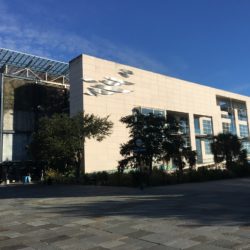
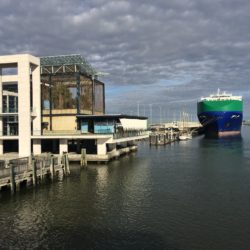
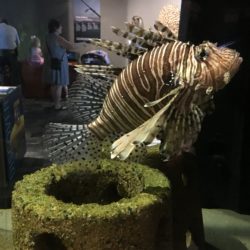

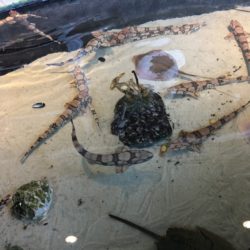
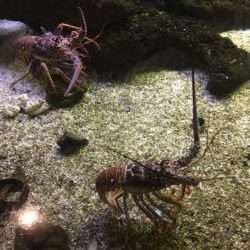
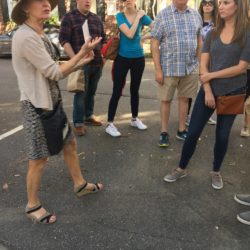
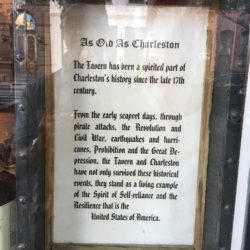
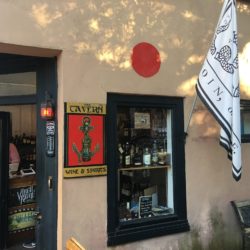
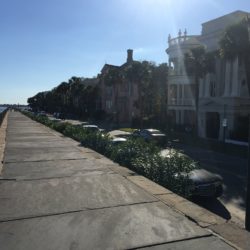
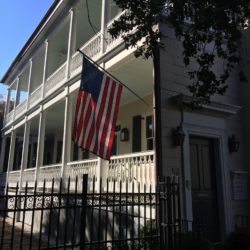
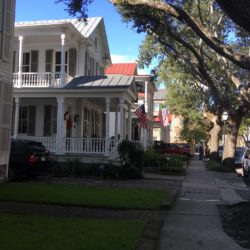
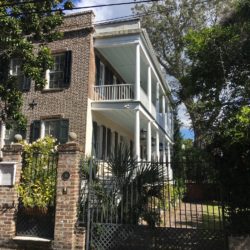
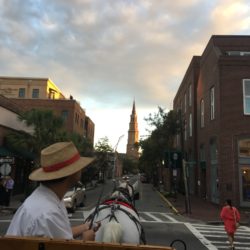
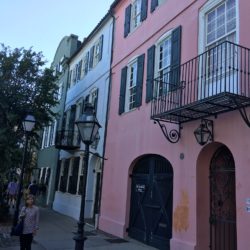
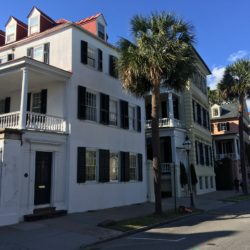
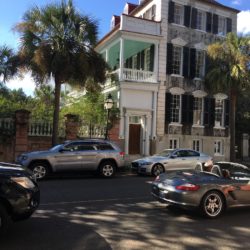
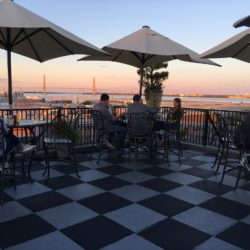
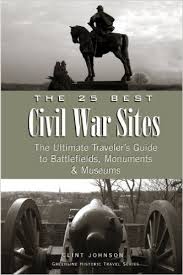 25 Best Civil War Sites: The Ultimate Traveler’s Guide to Battlefields, Monuments & Museums
25 Best Civil War Sites: The Ultimate Traveler’s Guide to Battlefields, Monuments & Museums
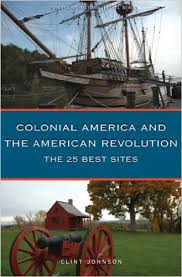 25 Best Sites (to Visit): Colonial America and the American Revolution by Clint Johnson
25 Best Sites (to Visit): Colonial America and the American Revolution by Clint Johnson
